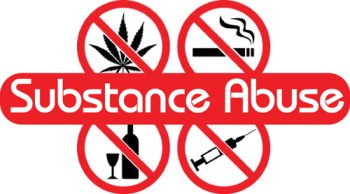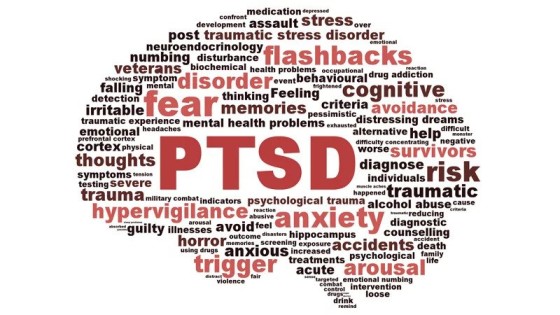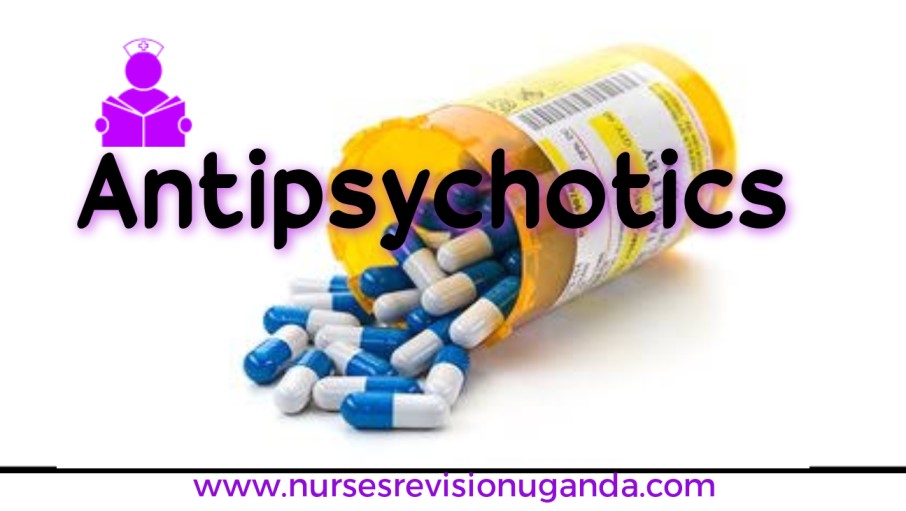Anxiety Disorders
ANXIETY DISORDERS
All children have worries and fears from time to time. Whether it’s the monster in the closet, the big test at the end of the week, or any other thing, kids have things that make them anxious, just like adults.
But sometimes anxiety in children crosses the line from normal everyday worries to a disorder that gets in the way of the things they need to do. It can even keep them away from enjoying life as they should.
How can to tell if the child’s anxieties might be more than just passing worries and fears? Here are some questions to ask oneself:
- Are they expressing worry or showing anxiety on most days, for weeks at a time?
- Do they have trouble sleeping at night? If you aren’t sure (they might not tell you), do you notice that they seem unusually sleepy or tired during the day?
- Are they having trouble concentrating?
- Do they seem unusually irritable or easy to upset?
There are several different types of anxiety disorders that can affect children. The most common include:
Generalized Anxiety Disorder (GAD)
Children and adolescents with generalized anxiety disorder have persistent, excessive, and unrealistic worries that are not focused on a specific object or situation. A child may worry excessively about his or her;
- performance at school or in activities such as sports
- about personal safety and that of family members,
- or about natural disasters.
Children with generalized anxiety have a hard time “turning off” their worrying, which leads to difficulty concentrating, learning, and participating in social situations. Some children may be insecure and frequently seek reassurance, while others may be self-conscious, self-doubting, or overly concerned about meeting other people’s expectations. Generalized anxiety disorder typically affects school-aged children and adolescents.
Kids with GAD may experience physical symptoms because they are so overwhelmed by their worries;
- headaches
- isolating themselves
- avoiding school
- Avoiding friends.
Panic Disorder
A panic attack is a sudden, intense episode of anxiety with no apparent outside cause.
Some children or adolescents may experience extreme discomfort or fear when in certain situations or places, resulting in a panic attack.
Symptoms may include;
- shortness of breath
- pounding heart
- Tingling sensations throughout the body.
- Child may tremble or feel dizzy or numb. (If your child is hyperventilating, try to have them breathe slowly with nice deep breaths.)
Although severe anxiety may result in a panic attack, a child with panic disorder often has symptoms of panic without any apparent trigger. Unlike the occasional, mild worries children often experience.
A panic attack may dramatically affect a child’s life by interrupting his or her normal activities. Often, a child becomes preoccupied with worry about possible future attacks. Panic disorder tends to begin during adolescence, although it may start during childhood, and sometimes runs in families.
Separation Anxiety Disorder
Most children have some level of separation anxiety as its a normal phase of development in babies and toddlers. Even older children may get clingy with their parents or caregivers occasionally, especially in new settings.
But older children who get unusually upset when leaving a parent or someone else close to them, who have trouble calming down after saying goodbye, or who get extremely homesick and upset when away from home at school, camp, or play dates, may have separation anxiety disorder.
Children with separation anxiety disorder experience significant fear and distress about being away from home or their caregivers. This fear affects a child’s ability to function socially and academically. For example, a child may have a hard time making friends or maintaining relationships because he or she refuses to go on play dates without a parent, or sleep without being near a parent or caregiver.
Social Phobia
Social phobia, also known as social anxiety disorder, is an excessive fear of being rejected, humiliated, or embarrassed in front of others. A child with social phobia feels severe anxiety and self-consciousness in normal, everyday, social situations. This is more than just shyness.
The socially anxious child is terrified that they will embarrass themselves when talking with classmates, answering a question in class, or doing other normal activities that involve interacting with others.
This fear can keep the child from participating in school and activities. Some children may even find themselves unable to talk at all in some situations.
Children and adolescents with social phobia worry about a wide range of situations, such as;
- speaking in front of a group
- participating in class
- talking to adults or peers
- starting or joining in conversations
- eating in public.
- They may fear unfamiliar people
- have difficulty making friends
- can also be limited to specific situations e.g. adolescents may fear dating and recreational events, for instance
- but they may be confident in academic and work settings.
Children and teenagers with social phobia typically avoid the situations they fear—by staying home from school or shunning parties, for instance. Although the condition can occur in children as young as age four, it is more common among adolescents. The average age of onset is 13.
Obsessive-Compulsive Disorder
Children with obsessive-compulsive disorder (OCD) have obsessions ie; these are intrusive, unwanted thoughts. To relieve the anxiety associated with those thoughts, they perform compulsions, or repetitive actions, rituals, or routines.
Compulsions may involve washing, counting, organizing objects, or reading a passage of text over and over.
For children with OCD, these thoughts and behaviors significantly interfere with their daily functioning and can cause distress and embarrassment. OCD can develop at any age, but it’s most likely to occur between the ages of 8 and 12, in late adolescence, or early adulthood.
Specific Phobias
Fears are common in childhood and are usually outgrown as a child matures. For some children and teens, however, fears can become severe. If a fear is excessive and persistent it may be a phobia, or an intense irrational fear of a specific object or situation.
Phobias differ from usual fears in that they don’t decrease with reassurance, and they interfere with a child’s life. Children may develop phobias as early as age five. Specific phobias commonly involve animals, insects, heights, thunder, driving, dental or medical procedures, elevators etc.
Selective Mutism
Children with selective mutism speak freely in familiar situations but become mute in specific situations or around certain people. Some children with selective mutism may avoid eye contact and refuse to communicate with others. Others may enjoy the company of others but remain silent or have a close friend speak for them. Selective mutism typically affects preschool-aged children and those in elementary school, usually before age 10.
Management
Mental health professionals today understand much more about childhood anxiety disorders than in the past. No matter what the child’s anxiety disorder is, a professional health worker can help.
but the care giver has to be advised about the following for the child at home by being supportive and understanding.
- If the child becomes upset and anxious, stay calm and talk to them through it.
- Don’t punish the child for things like mistakes on schoolwork or lack of progress.
- “Catch” them doing well: Praise even small accomplishments, and be specific.
- Plan for transitions. If the child’s anxiety means going to school in the morning is very stressful, allow plenty of extra time.
- While respecting the child’s privacy, do give their teachers and coaches information they need to help them understand what’s going on.
Above all, be available to listen when the child wants to talk to you about their anxiety. Kids with anxiety disorders often try to hide their fears because they think you won’t understand. So let the child know you’re ready to listen whenever they’re ready to talk











